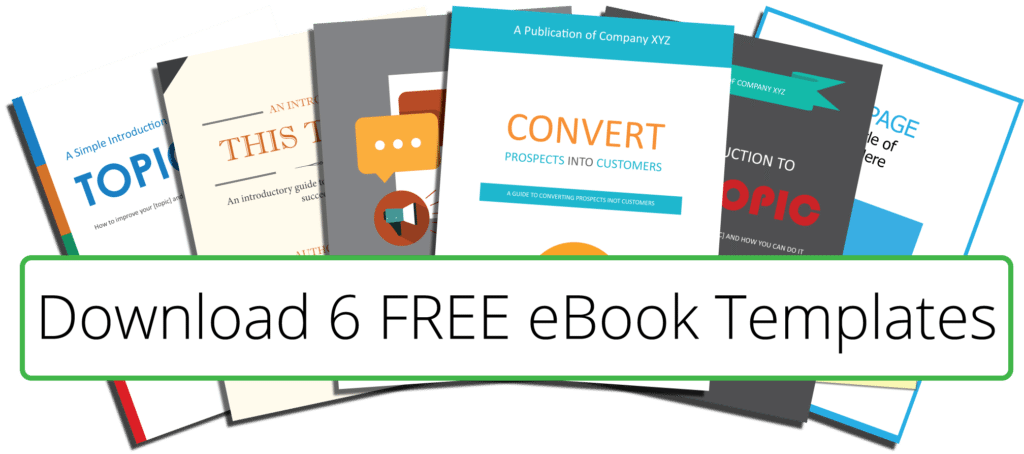Download these 6 ebook templates to get a head start on your digital download absolutely FREE!

Are You Ready To Take Your Brand To The Next Level?
You've taken the time to build your business. You know you need a solid brand if you want to survive. It's time to let Visceral Concepts help you do it.
Your consultation will:
Fill Out This Information And We'll Get Back To You Shortly!